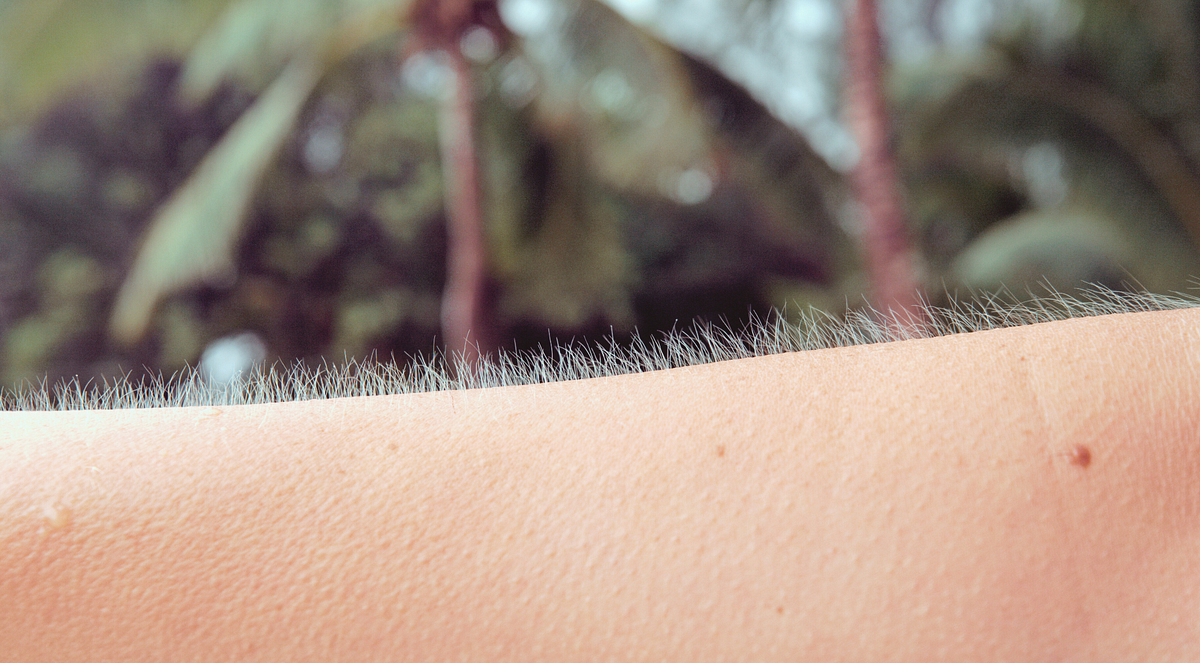G Oosebumps helped humans thousands of years ago, but today it is a rare evolutionary retreat. In the 21st century, they seem to offer limited purposes beyond fun party tricks when some people produce a conflict cascade in response to orders.
The furrowed surface reminiscent of the skin of a dead goose (hence the name Goosebumps) arises from a process called Piloerection. Small embedded skin muscles (Piloerector muscles) are attached to individual hair follicles. When the Piloerector contracts, the hair on the skin surface temporarily rises.
When humans had more hair, this call to attention of the skin hair served to create another layer of insulation to keep us warm. Due to the "fluffy" appearance, we appeared larger and more threatening to deter predator attacks. Think of a hedgehog. This explains why the sympathetic nervous system (an involuntary mechanism associated with fight or flight responses) controls Goosebumps.
Cold and fear are the most common two triggers of Goosebumps, but many brain areas are connected to the autonomic nervous system, including areas related to motivation, arousal, and emotions. Therefore, other stimuli, especially intense emotional experiences and stimuli that trigger adrenaline rushes, can cause Goosebumps and may include:
- Fear
- Pride
- Excitement
- Stress
- Music
- Art
Additionally, two sisters who experienced Goosebumps after taking the drug Milnacipran Hydrochloride (a fibromyalgia drug) are described in a study. Drugs that mimic the body's chemicals can induce Goosebumps and trigger the phenomenon. For example, substances that create a rush like adrenaline, such as methamphetamine, can induce Goosebumps.
Music and Goosebumps
Music has variations. Sounds can suddenly crescendo, become quiet, or get caught in a whirlwind. Drums can enjoy a heyday. These sudden changes in sound and tempo appear as "amazing" to your emotional brain and are perceived as threats.
